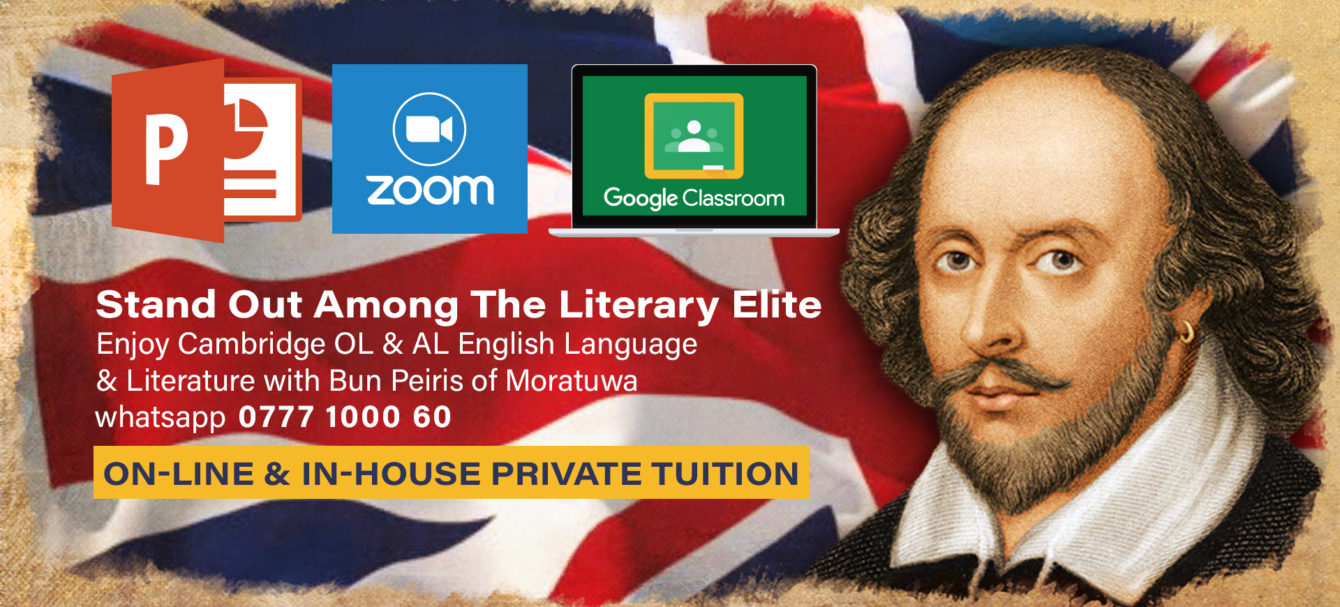Figurative Language
Figurative Language
[ Part 1]
express meaning beyond the literal meaning of the words themselves: metaphor,
simile, hyperbole, oxymoron, personification
of literal language
Literal language means exactly what it says.
Figurative language makes the reader or listener use his imagination &
understand much more than plain words.
He ran fast. [literal]
He ran like
the wind. [figurative]
A figure is worth a thousand words [A picture is worth a thousand words]
|
Metaphor. We liken [compare] one thing to
another. |
|
|
Simile
We use as or like
to compare |
Metaphor
We don’t use as or Like
|
|
I wandered lonely as a cloud
That floats on high o’er vales & hills [Daffodilsby William Wordsworth] |
The sea is a hungry dog
Giant & grey He rolls on the beach all day[The
sea by J. Reeves] |
|
She is like a rose [She is beautiful.]
|
She is a rose. [She is
beautiful] |
|
As flies to wanton boys are we to th’ gods,
They kill us for their sport. [Shakespeare: King Lear Act 4.1.43]
|
All the world’s a stage,
|
|
It’s been a hard day’s night
& I’ve been working like a dog
|
You are the sunshine of my life.
|
Hyperbole – exaggeration
I
have a million things to do today.
It is easier for a camel to go through the eye of a needle than for rich man to
enter the kingdom of God
[Matthew
19:24, Mark 10:25, Luke 18:25]
I can tell when my mother-in-law is coming over; the mice throw themselves on the traps.

“Give me a thousand kisses, then a hundred, Then another thousand, then a second hundred, Then still another thousand, then a hundred, Then, when we will have made so many thousands, we’ll garble them up, so that we may not know, nor any wicked man have power to give us the evil eye, knowing the quantity of kisses.”
